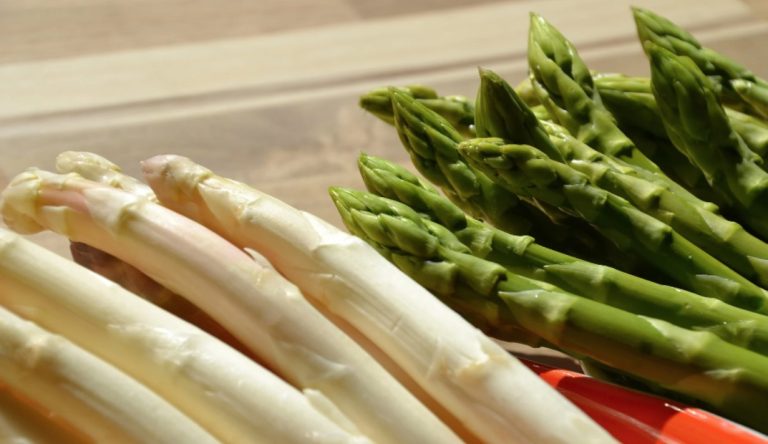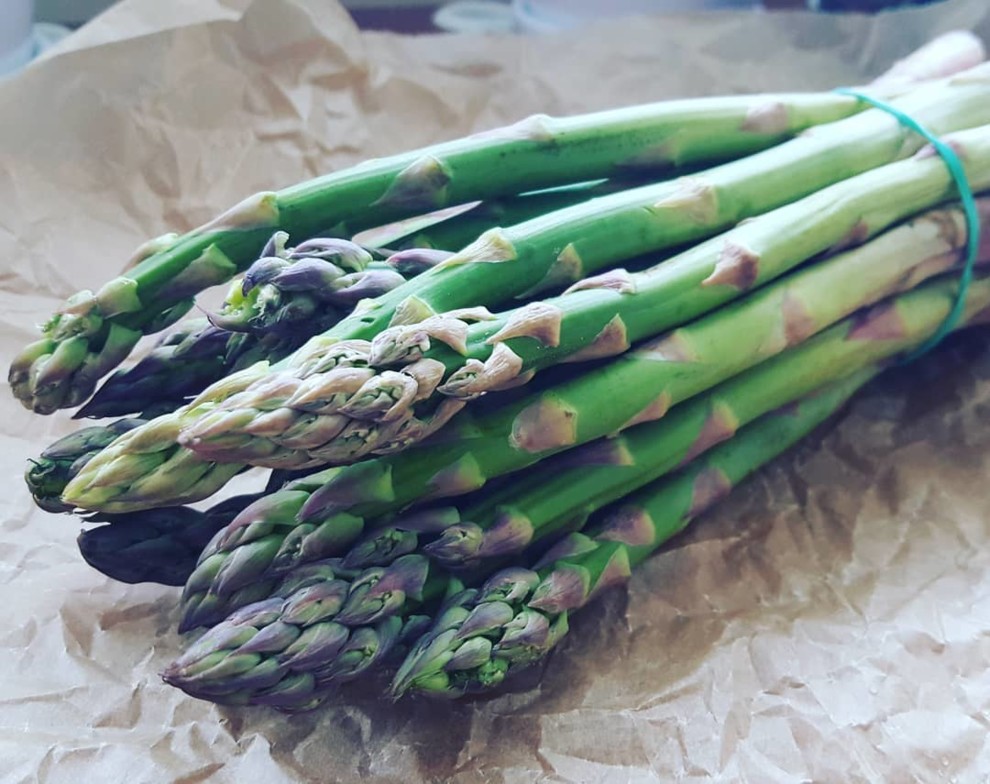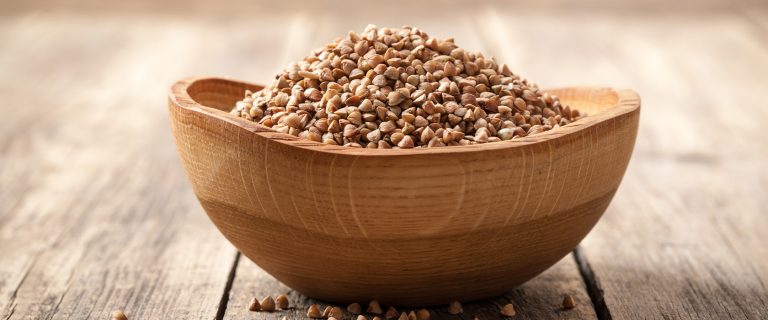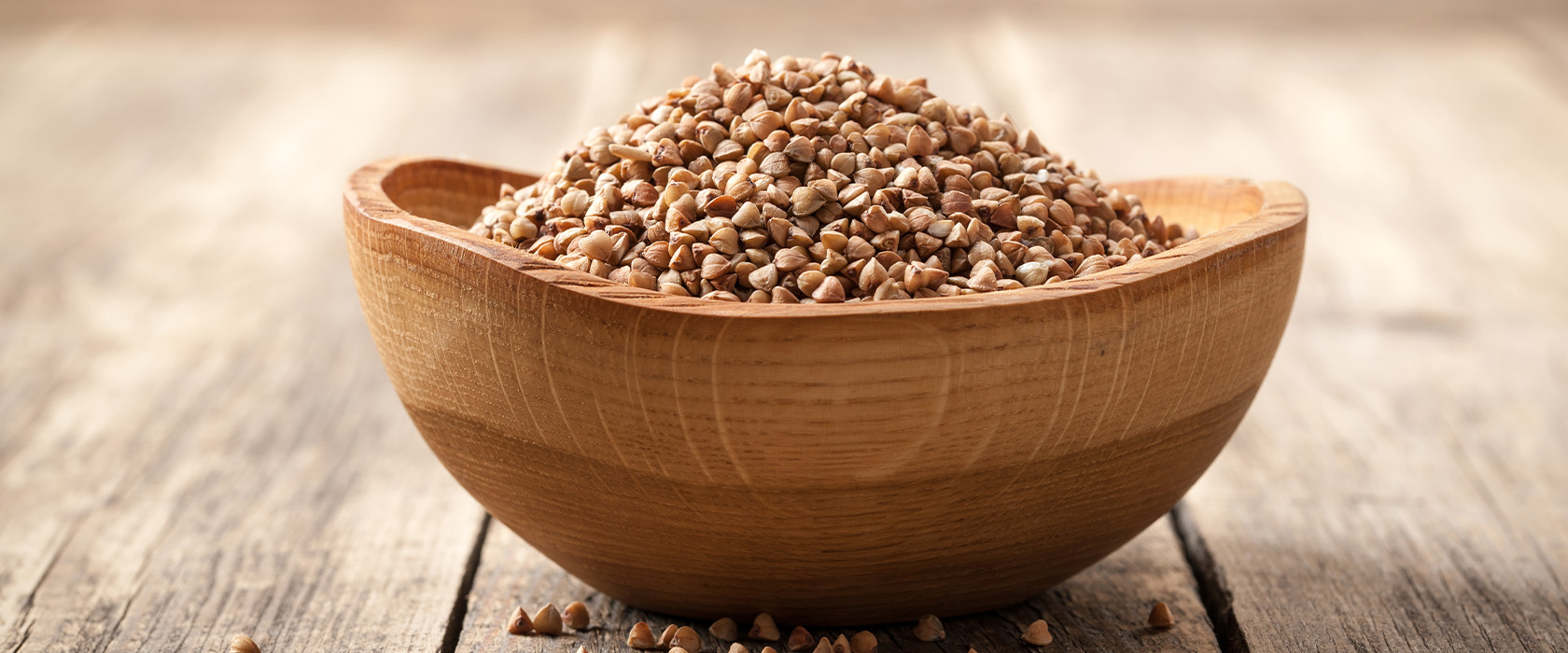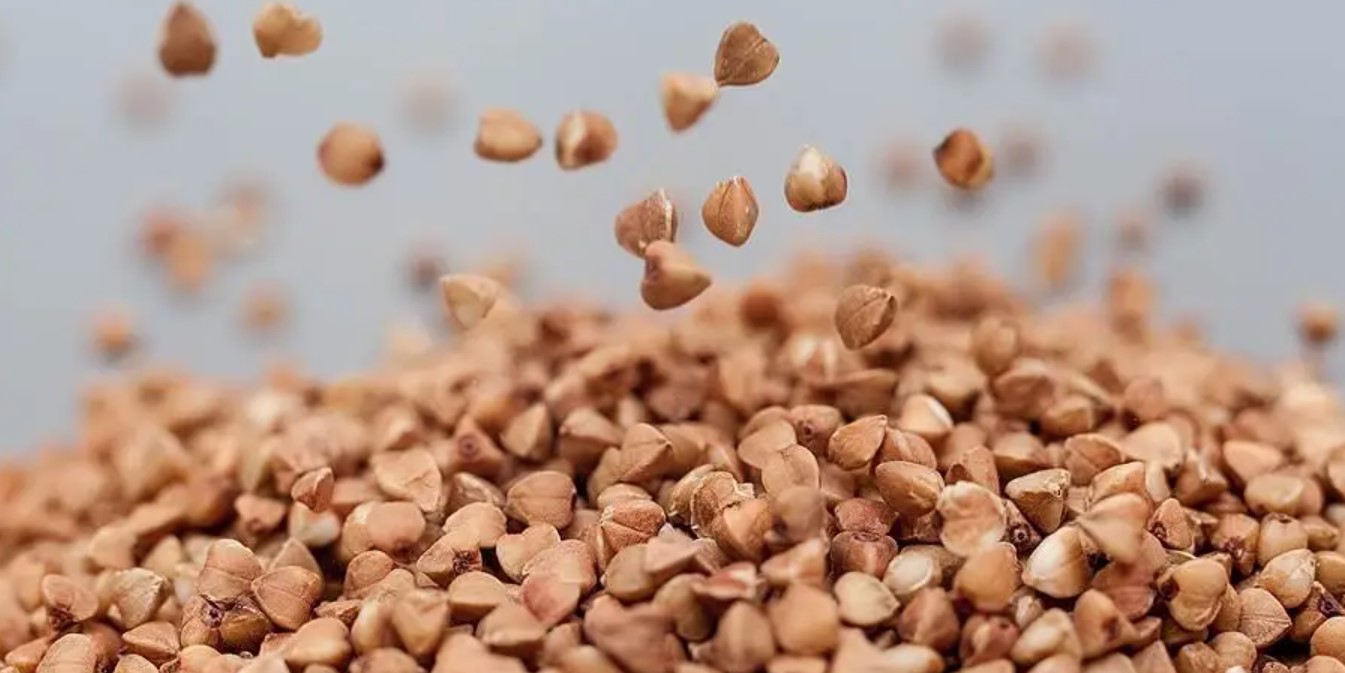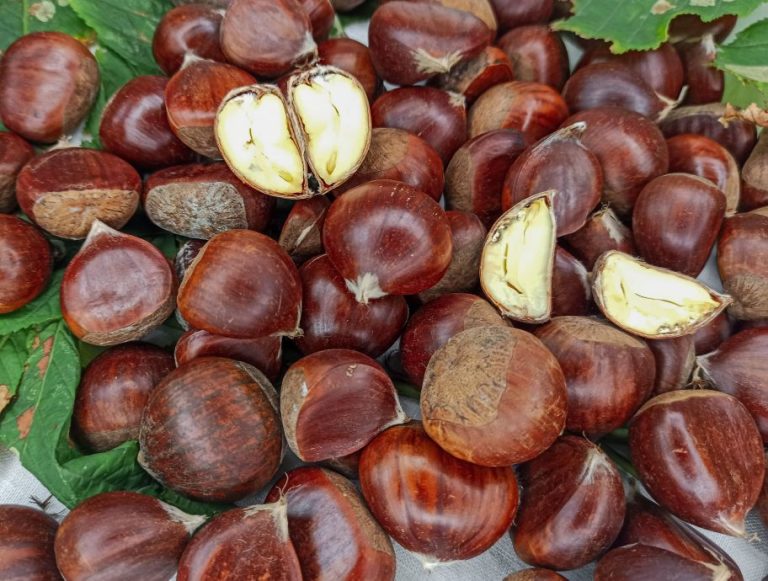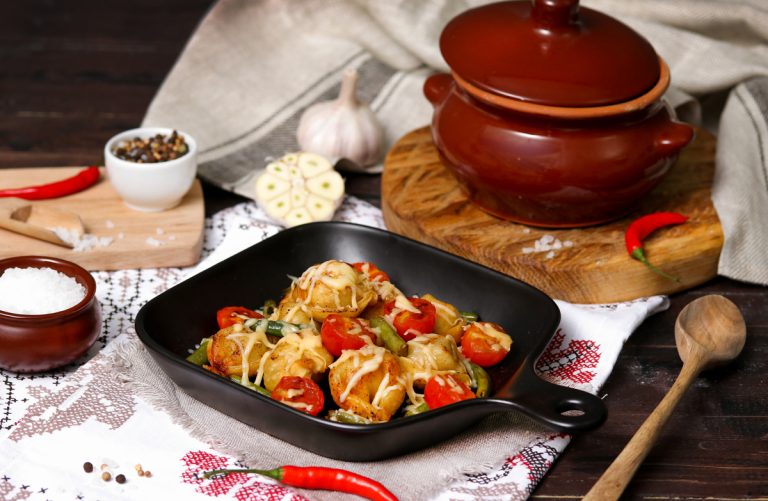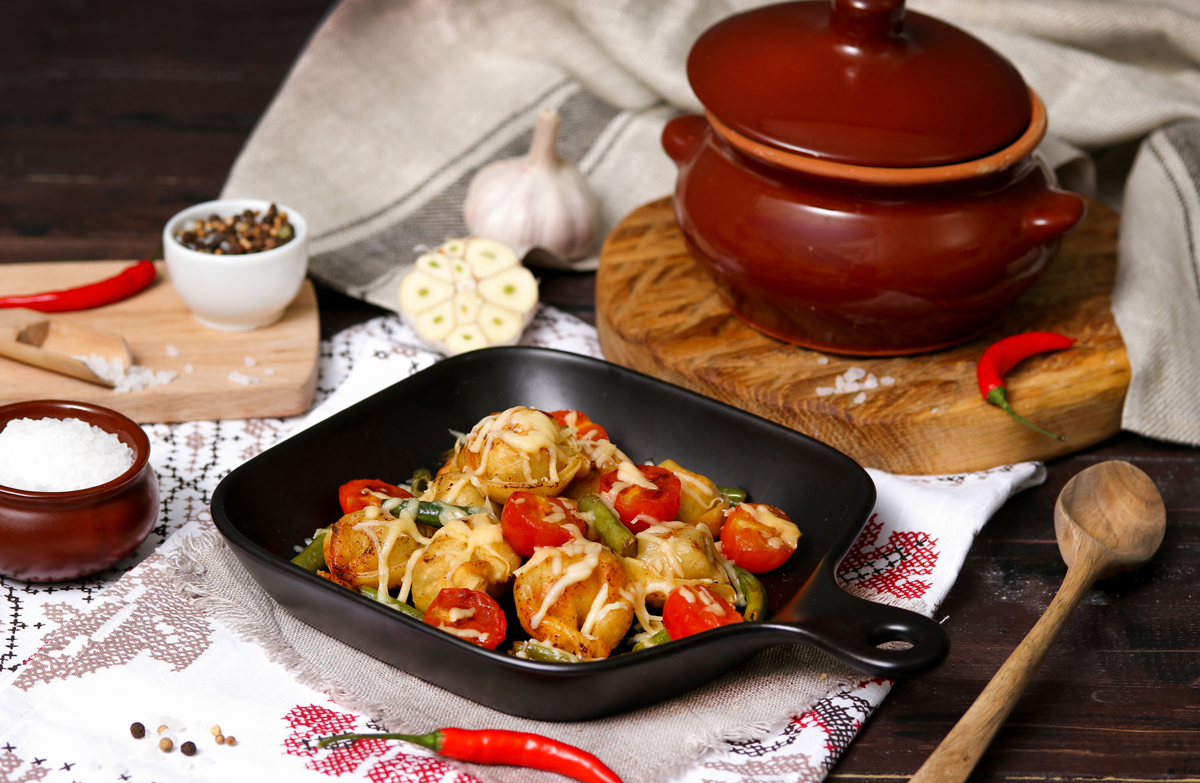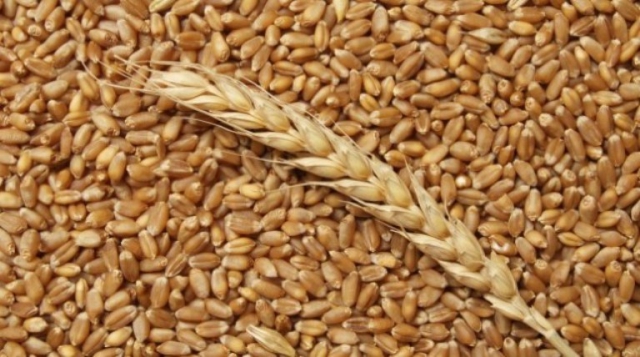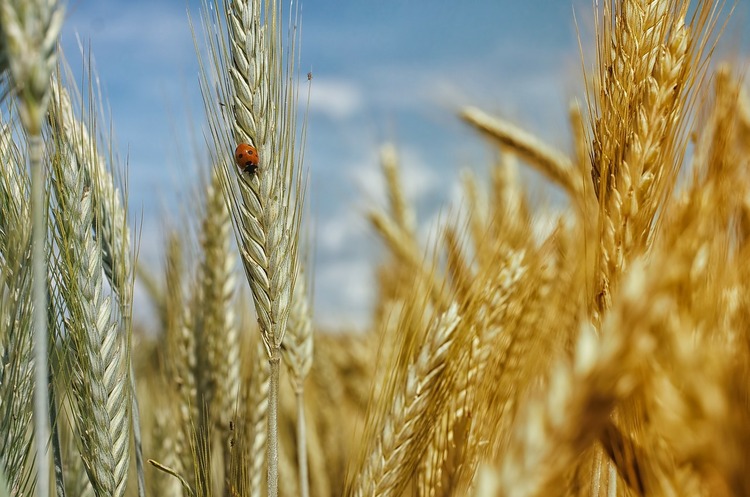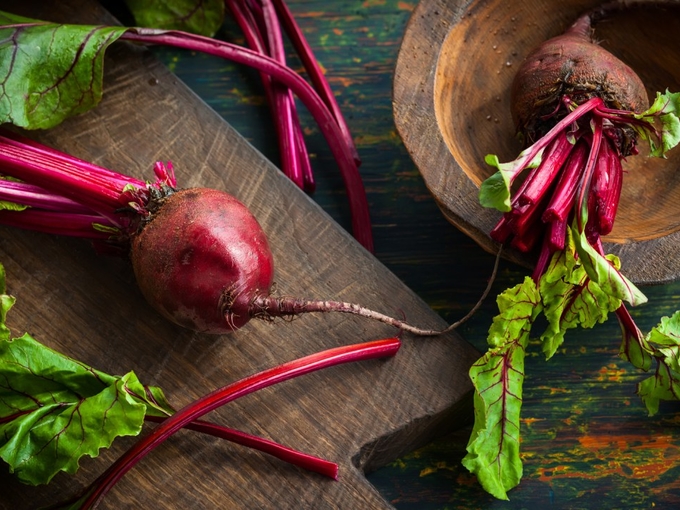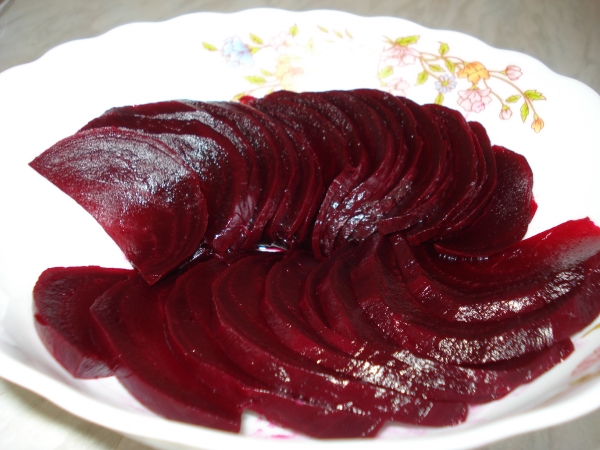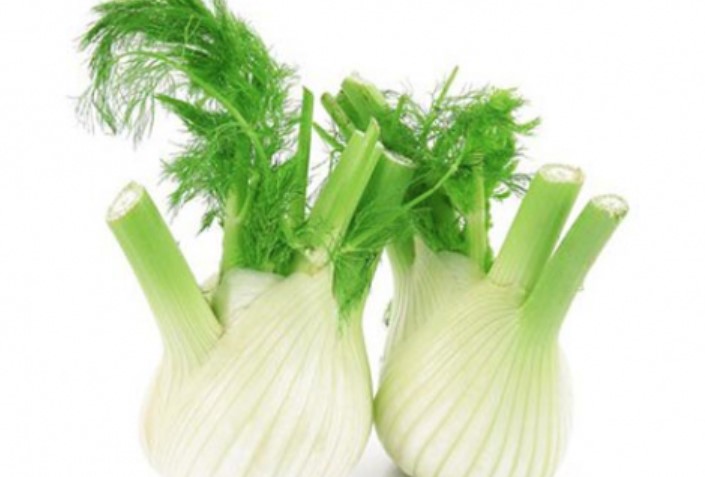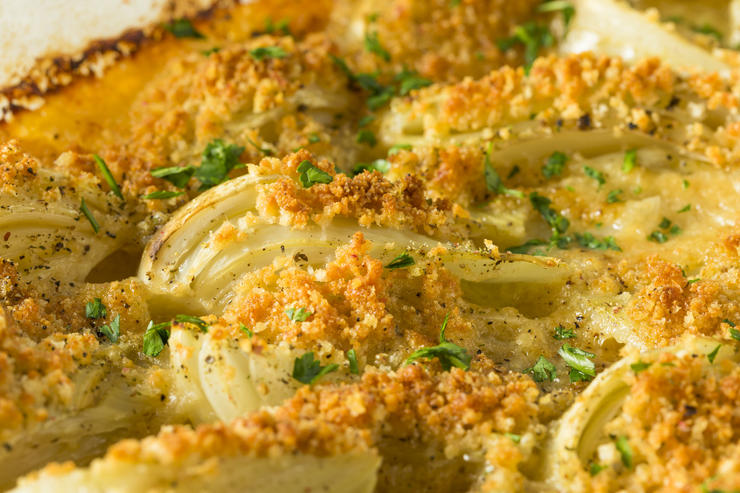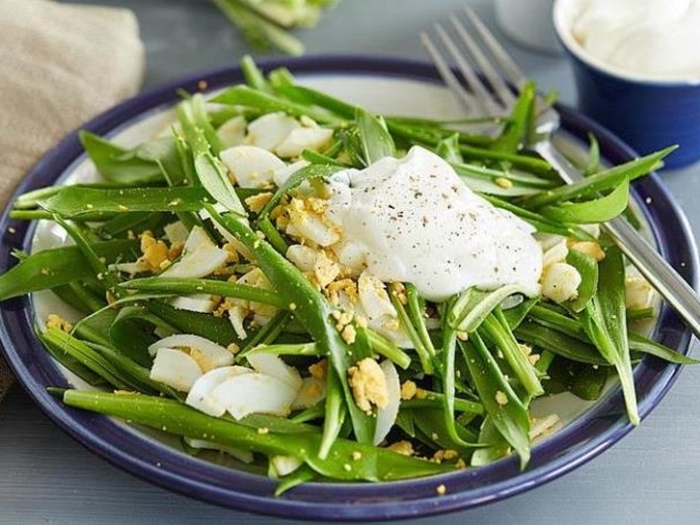Cooked, baked or raw – you can prepare celery in many ways. We provide you with recipes and tips for celery and celeriac.
Celeriac and celery are two varieties of the same species – the “true celery”. While they look quite different, both have the distinctive celery aroma. However, celeriac tastes a little more intense than celery.
Both varieties are low in calories and contain many healthy nutrients:
vitamins B1, B2, B6 and C
various minerals, especially potassium
secondary plant substances
Celery is one of the vegetables that you can get from German cultivation for many months. Since celeriac can be stored very well, you can even get it all year round. The season of stalks and celeriac starts in May and July respectively and lasts until November.
If possible, buy celery from organic farms, as they do not use chemical-synthetic pesticides. You can tell freshness from celery by the fact that the stalks are crisp and cannot be bent. Otherwise, you should make sure that there are no rotten spots on either type of celery.
You can store celeriac in the vegetable compartment of your refrigerator or in the cellar for weeks. However, you should prepare celery early. It will keep in the vegetable drawer for a maximum of two weeks before it becomes soft.
Tip: In season, you can sometimes buy celeriac with the greens. The leaves have an intense celery flavor – you can freeze them chopped up and use them gradually to flavor dishes.
Cooking celery: You have these options
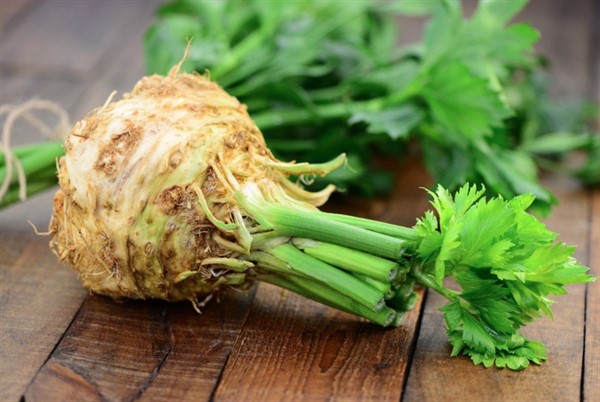
Before preparing it, it is advisable to peel and clean the celery. If you don’t mind the slightly fibrous texture of the peel, you can leave it on. It gets softer when you cook it anyway. You can also use the leaves of the celery.
You can eat celery raw. The easiest way is to eat the stalks whole with a dip. But the crunchy vegetables are also good for salads and smoothies.
You can also cook celery. In Italy, celery is even part of the soup greens, called sofrito. If you cook celery longer, it becomes milder and is suitable as an ingredient in many soups and stews.
Cook Celeriac: Raw and Cooked
Celeriac also tastes good raw – but since it is quite hard, it is best to grate it finely for salads. A classic salad with celeriac is the Waldorf salad. In addition to celeriac, it contains apples, onions, a mayonnaise dressing and walnuts.
Cooking celeriac is more common. In this country it is part of the soup greens and thus the basis of many soups, stews and broths. Before you prepare the celeriac, you usually peel it and cut it into small cubes. Celeriac only takes about 10 to 15 minutes to cook.
Tip: Prepare our celery soup or a potato and celery puree, for example.
For a celery schnitzel, on the other hand, cut the peeled celeriac into thick slices and cook them for about ten minutes until al dente. Then you drain them well, bread them and fry them.
You can also cook celeriac whole in the oven with the skin on. This is not a typical preparation method – but one that is worthwhile: At some point the sugar under the skin of the celery begins to caramelize and provides delicious aromas. Below we show you a recipe for baked celeriac. It is quite time-consuming and uses a lot of energy and is therefore more suitable for rare occasions. Since the celery only tastes faintly of celery after the long baking time, you can also use it to convince some celery skeptics.
The baked celery is so aromatic that you can prepare it on its own or with some crème fraîche. But it also goes very well with Asian dishes.
Cook celeriac: recipe for baked celery
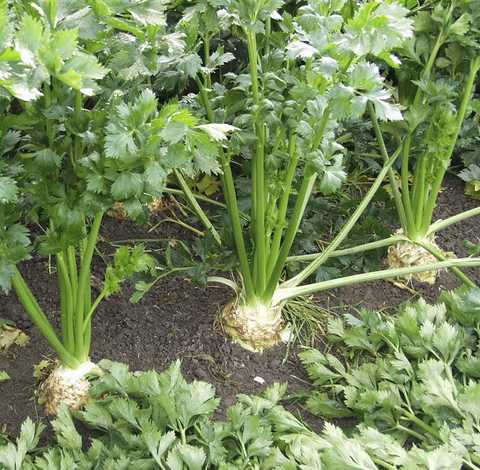
Ingredients:
1celery (approx. 1 kg)
4 tablespoons olive oil
1 tsp salt
Directions:
Remove the roots of the celery, then wash and trim it thoroughly.
Prick the celery evenly all over with a fork and place it on a baking sheet lined with baking paper or an ecological substitute for baking paper.
Mix the oil and salt together and rub all over the celery root.
Place the tray in the oven and bake the celery at 170 degrees for about two and a half hours. Celery juice leaks out when baking. Sprinkle the bulb with it about every 20 minutes. When the juice turns brownish, the sugar in the celery has started to caramelize.
Take the tuber out of the oven and let it rest for 10 to 15 minutes. Then cut them into slices (the bulb should be buttery soft) and spread the cut surfaces with the celery caramel. Now you can briefly grill the wedges in the oven if you want to brown the cut surfaces as well. Or you can enjoy the prepared celery directly.

